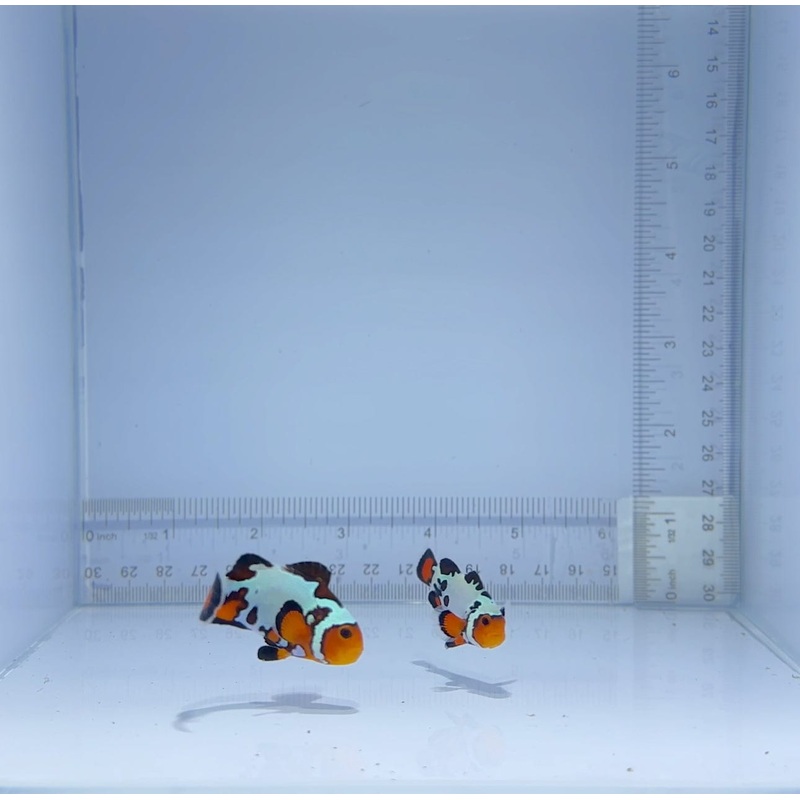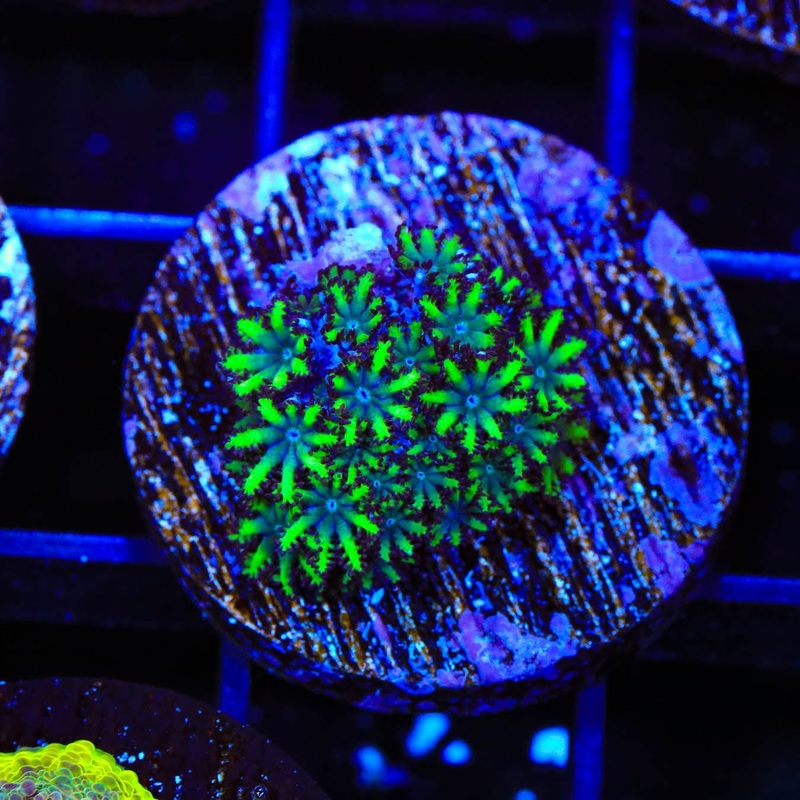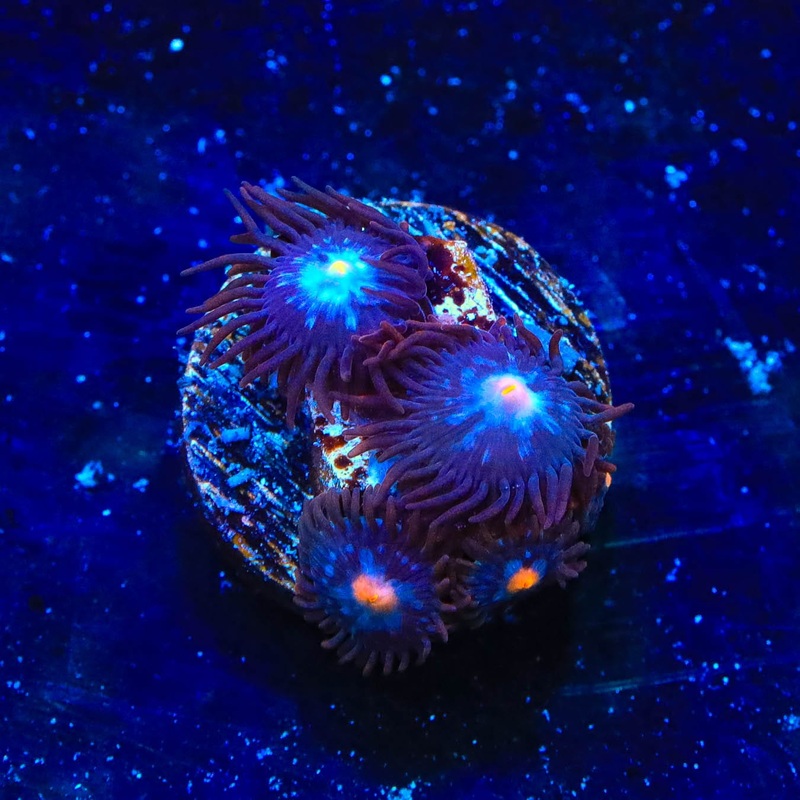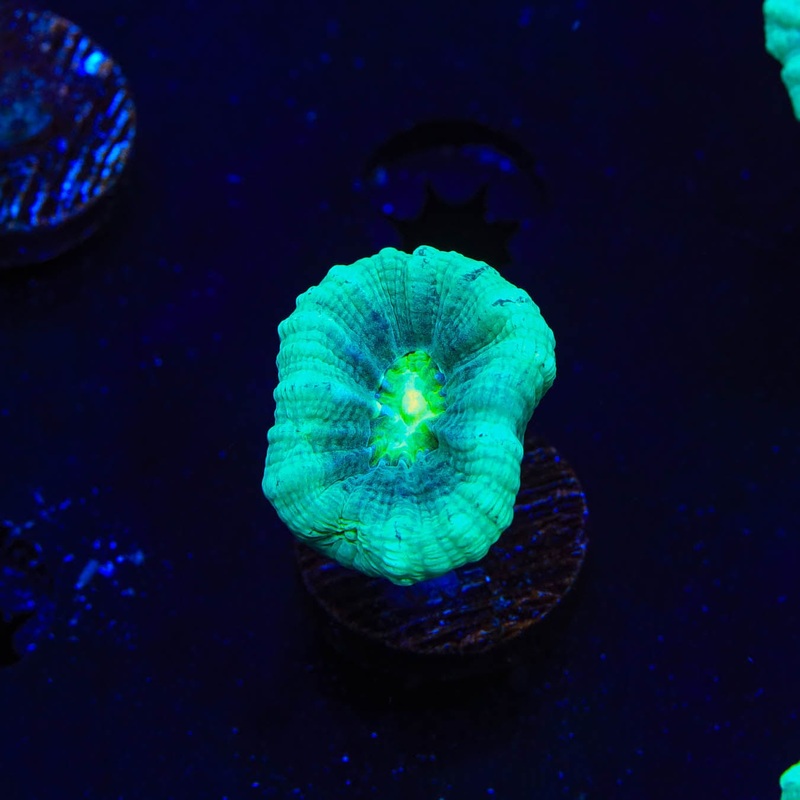 Sale!
Sale! Extreme Black Ice Bullet Hole Clownfish Pair
$100.00
$524.99
Quick Overview
WYSIWYG - Approx. Size: 1.5 InchesIntroduction to Saltwater ClownfishClownfish are among the most popular and recognizable marine fish, known for their bright colors, hardy nature, and fascinating symbiotic relationships with anemones. Native to tropical r
- Satisfaction 100% Guaranteed
- Free shipping on orders over $30
- 60 day easy Return
WYSIWYG – Approx. Size: 1.5 Inches
Introduction to Saltwater Clownfish
Clownfish are among the most popular and recognizable marine fish, known for their bright colors, hardy nature, and fascinating symbiotic relationships with anemones. Native to tropical reefs in the Indo-Pacific, these fish thrive in reef aquariums of all sizes, making them an excellent choice for both beginners and experienced aquarists.Clownfish are incredibly adaptable, and many aquacultured varieties are available, making them easier to care for and less aggressive than wild-caught specimens.
Care Requirements
Care Level: EasyMinimum Tank Size: 20 50+ gallonsOcellaris & Percula Clownfish 20+ gallons (smaller and more peaceful)Maroon Clownfish & Larger Varieties 50+ gallons (more aggressive, need more space)Aquarium Setup: Prefers rock structures for hiding and stable water conditions.
Diet & Nutrition
Clownfish are omnivores and thrive on a varied diet that includes both meaty and plant-based foods.Diet: Omnivorous Eats a mix of proteins and algae
Recommended Foods:
High-quality marine pellets and flakesFrozen mysis and brine shrimpChopped seafood and enriched frozen foodsAlgae-based foods (spirulina, seaweed sheets)Feeding small portions 1-2 times per day ensures optimal health, vibrant coloration, and proper growth.
Lifespan & Growth Rate
Lifespan: 6-10+ yearsGrowth Rate: Moderate Most species reach 2-6 inches depending on the varietyWith proper care, clownfish can live over a decade in captivity, making them a long-term commitment for aquarists.
Temperament & Compatibility
Temperament: Peaceful to Semi-Aggressive Can become territorial as they matureReef Safe? Yes Clownfish do not harm corals or invertebratesClownfish are peaceful fish but may become territorial as they establish their space, especially when paired with an anemone. To ensure compatibility:Best kept in pairs or small groupsbut avoid mixing different clownfish species in small tanks.Introduce them before more aggressive fish to help them establish their territory.Compatible with most reef-safe community fish, including wrasses, gobies, and tangs.
Common Challenges & Considerations
Aggression in Larger Species: Maroon Clownfish and Tomato Clownfish can be highly territorial and may bully tankmates.Hosting with Anemones: While not required, clownfish may form a symbiotic bond with certain anemones like Bubble Tip Anemones (Entacmaea quadricolor). However, not all clownfish will host anemones in captivity.Jumping Risk: Clownfish can jump out of open-top tanks, so a lid or mesh cover is recommended.Water ConditionsTemperature: 74-80FdKH (Alkalinity): 8-12pH: 8.1-8.4Specific Gravity: 1.020-1.025Clownfish are hardy and adaptable, but stable water parameters are essential for long-term health.
Color Varieties & Popular Species
Clownfish come in a wide variety of colors and patterns, with many aquacultured morphs available. Some of the most popular species include:Ocellaris Clownfish (Amphiprion ocellaris) Classic “Nemo” appearance, available in wild-type and designer morphsPercula Clownfish (Amphiprion percula) Similar to Ocellaris but with brighter colors and thicker black outlinesMaroon Clownfish (Premnas biaculeatus) Deep red coloration, highly territorial and best kept alone or in pairsSnowflake Clownfish (Amphiprion ocellaris variant) White and orange designer morph with irregular banding
| Cost: | $25 |
| Free Shipping | We offer free shipping on orders over $30. Please check the free - shipping eligibility at checkout. |
| Delivery Time: | It usually takes [3-5] business days for standard shipping. Please note that this is an estimated time frame and may be affected by local holidays, and unforeseen circumstances. |





Reviews
There are no reviews yet.